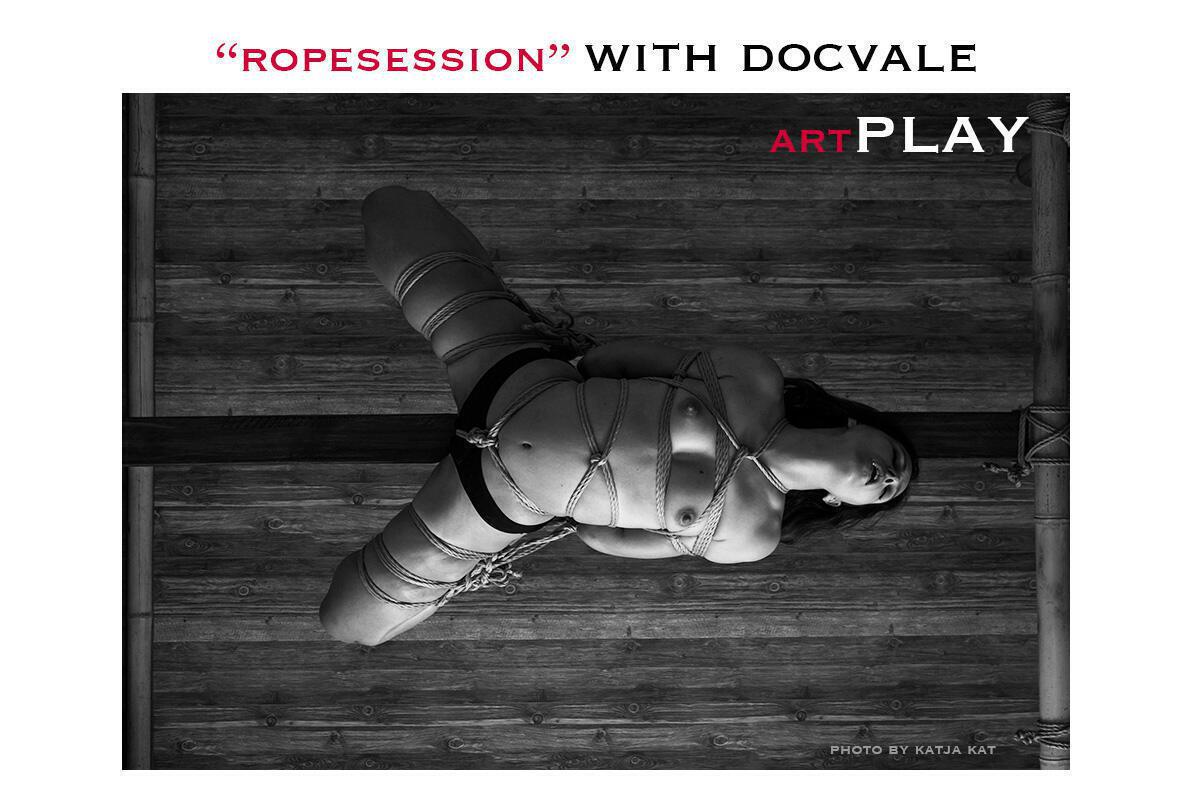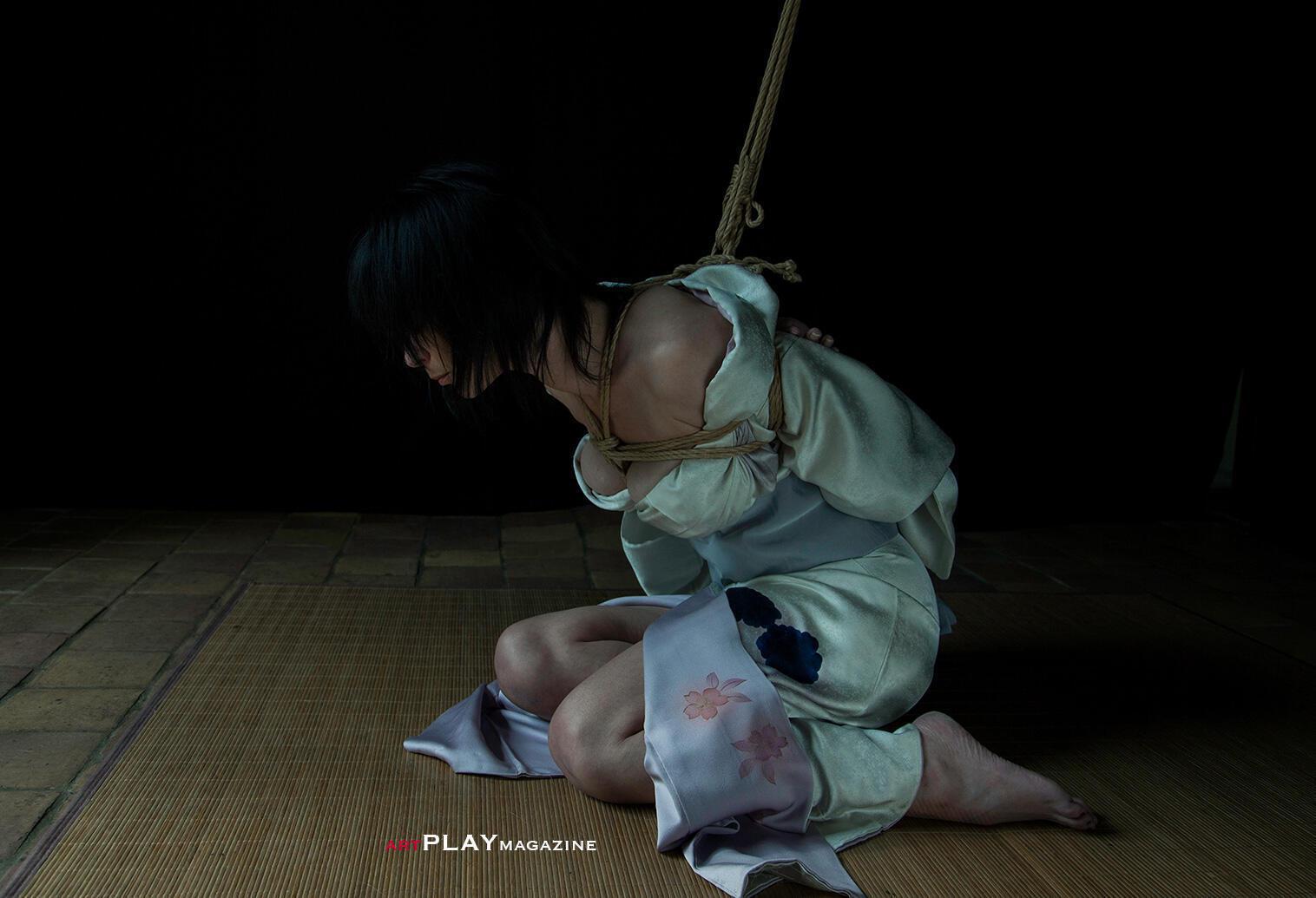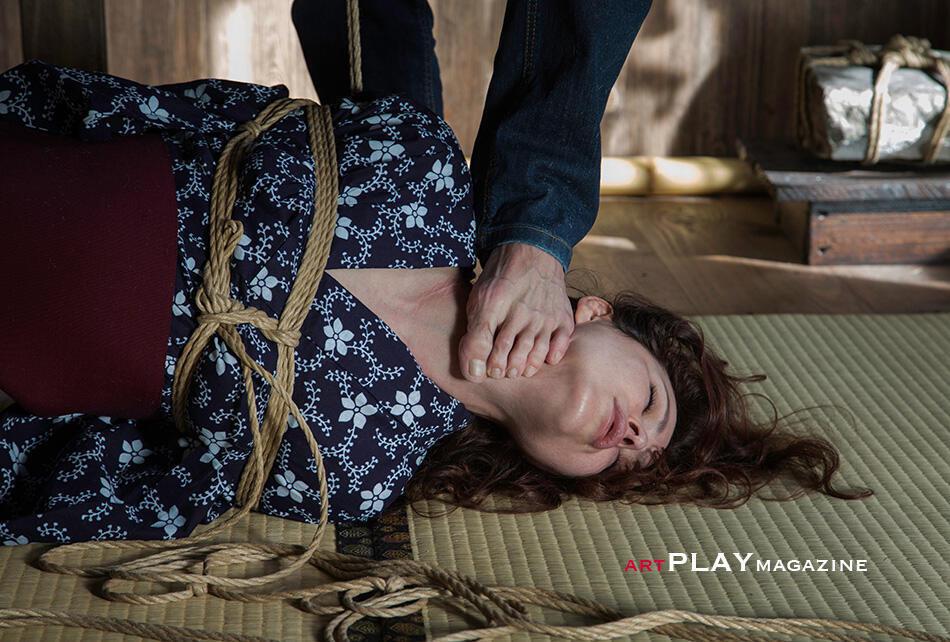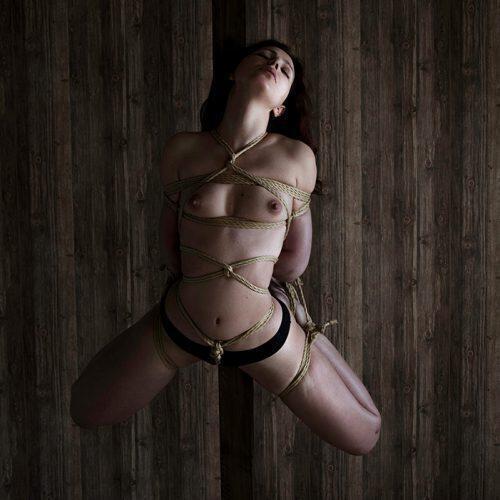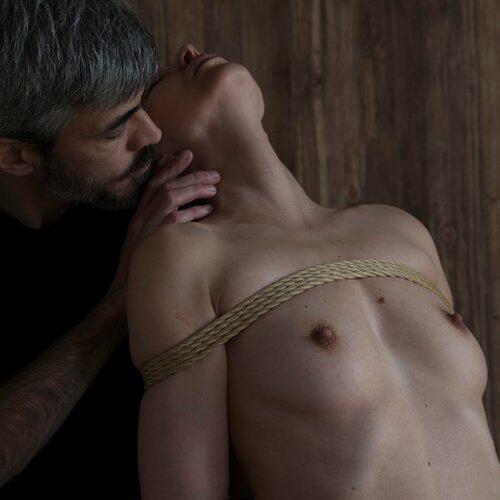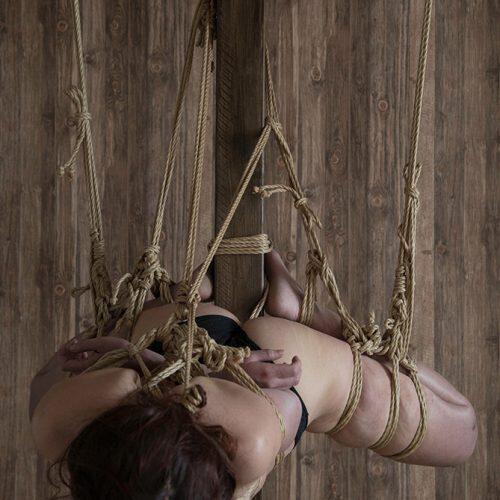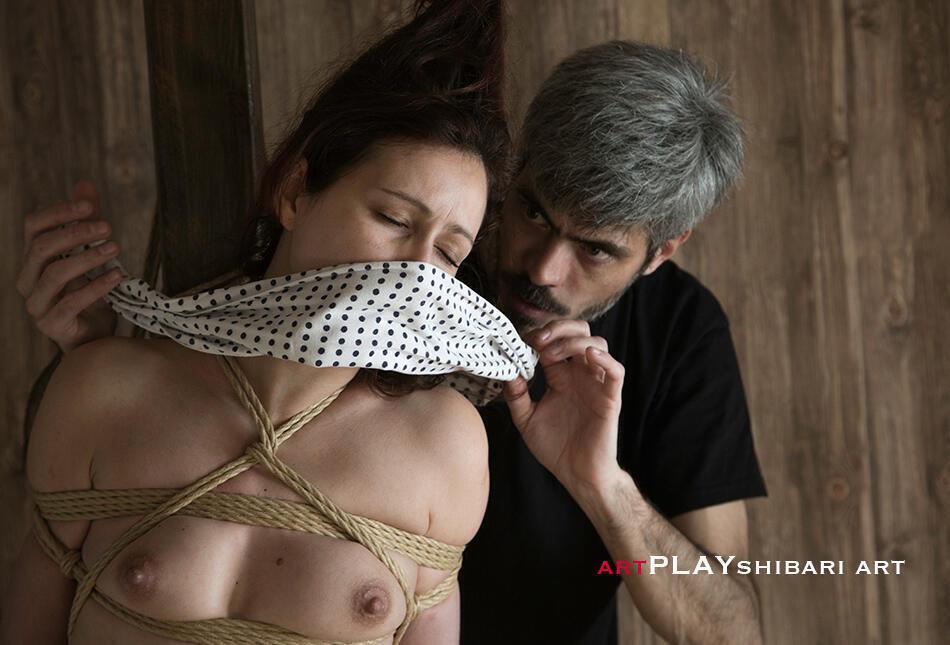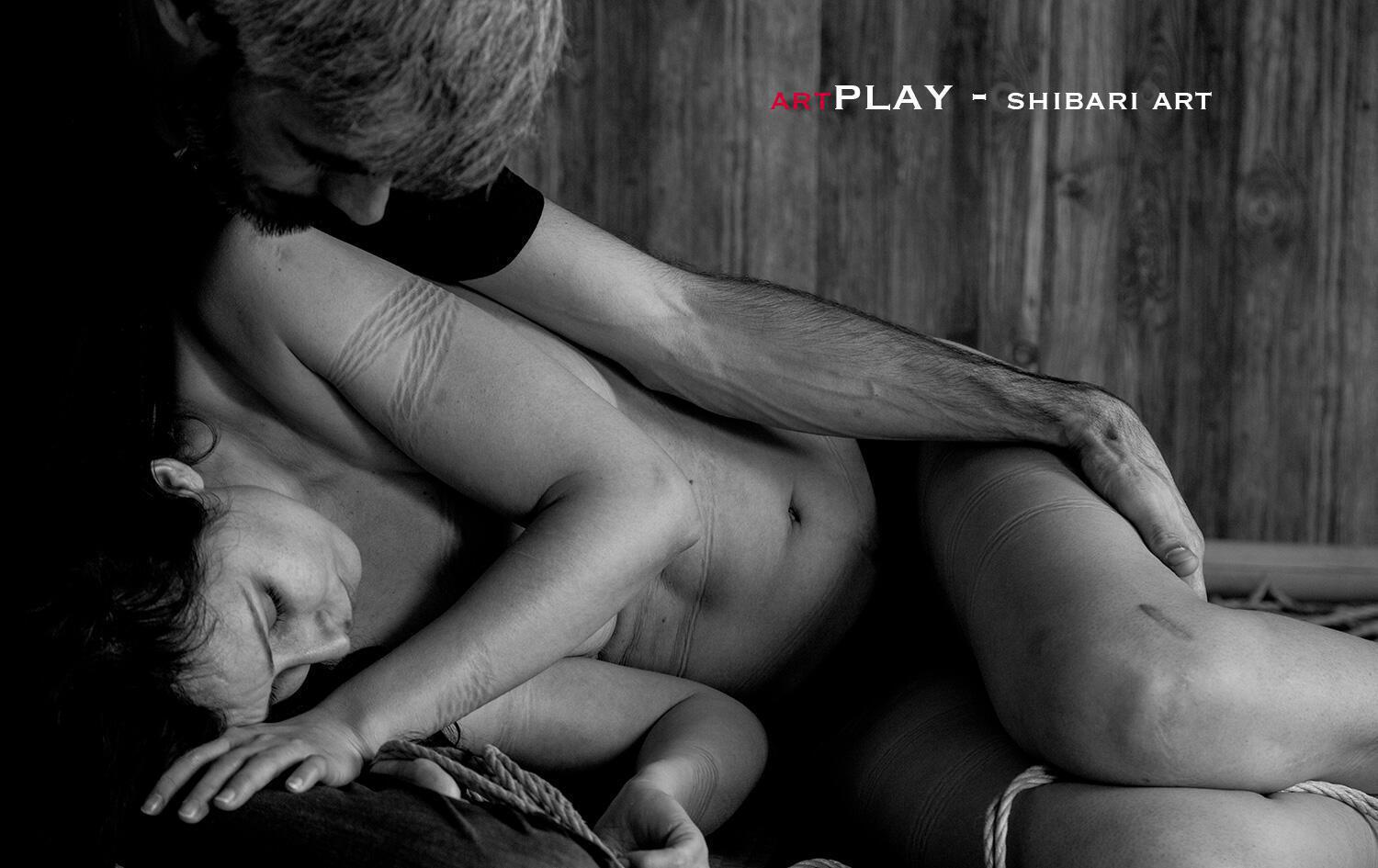
THE ART OF SHIBARI
September 15, 2017
VIOLET CHACHKI IN artPLAY
September 27, 2017
artPLAY SHIBARI ART…LETS START PLAYING!
Rigger, rope artist and the founder of Shibari/Kinbaku school “Ropesession” Docvale talks to artPLAY about his ways of Kinbaku, about the relationship between the two partners and the unspoken language of rope, about the school and his teachings. artPLAY did an exclusive photoshoot with Docvale showing us some traditional Kinbaku.
All photos by Katja Kat www.katjakat.com
“Rope is a refined way of communicating with a partner”
“Ropesssion” is Docvale’s way of Kinbaku, it is based on the teachings and the style of one of the most known and respected riggers in Japan- master Naka Akira. Its been 4 years since Docvale decided to practice only in this style, which is different from lots of others Shibari styles. Naka Akiras ways of Kinbaku is different because of the way of tying and also because of its spiritual aspect. It’s more about doing intimate sessions, therefore its not a style for performances but its more about a connection with your partner. There were two major schools in Japan since the 1960s and one of those schools is Naka Akira, he was a student there and is still practicing in our days.
Docvale says “we practice this because of emotional connection and the communication level. Naka works a lot with a great Japanese photographer Norio Sugiura and they have developed a certain style where they use the Japanese concept of aesthetics. In this style you have to take into consideration the communication between the partners but also the aesthetic is very important, however, its not about western aesthetic it’s a Japanese way of doing things. In my session with my partner its important to have a very good connection and communication but its also important to have something that looks great. So I don’t develop the aesthetic for the others I develop it for me because I need to see my partner being beautiful, according to my vision ofcourse, and also according to the research I do about the Japanese aesthetics. “
When teaching Docvale wants to communicate to his students first of all the security of the practices, because its very important to be secure in ropes. Also he teaches to communicate as much as possible with the partner, and ofcourse the basics of Japanese aesthetics.
“Ropesession” way of teaching is about security, communication, Japanese aesthetics and understanding the way of ropes and not just copying the patterns.
Docvale explained to us about the roots of Kinbaku, his own choices related to Kinbaku and its relations to the modern practices of BDSM (bondage and discipline B&D, dominance and submission D&S, sadism and masochism S&M).
Kinbaku was a highly aesthetic practice when he began about 5, 6 years ago, back then there was no information on the Internet etc about Kinbaku/ Shibari so they gathered what they knew from other people who practiced with them. But with time they discovered more and more different ways and Japanese schools, and in the end decided to practice something more old school. In Japan 50 years ago Kinbaku/Shibari was something very underground, used mostly as BDSM and sexual practice. But now the new generation use Kinbaku for performance and art and its something that has changed a lot, so Docvale choses to practice it more in the way it used to be in the beginning.
Continuing further discussing about the BDSM ways, Docvale says that he thinks Kinbaku is a part of BDSM because BDSM is bondage so we can consider Kinbaku as a part of bondage and BDSM, as Kinbaku is just one way to practice bondage. Originally Japanese people practiced Kinbaku for sexual and BDSM reasons, just as the magazines in Japan between 1960s and 80s used it just for pornographic or erotic material. From old Japanese photos you can see it was something very underground, mostly used for those practices.
“When I started BDSM and discovered Kinbaku it clicked- it was for me, I found something refined. I couldn’t identify myself with leather and whips, so Kinbaku for me was more refined and precise with more interaction, it was something more meaningful, rope is easier to understand”.”
We know that lots of people don’t associate the BDSM with Kinbaku they are more inclined towards the art and performance part especially lately in the past few years Kinbaku has been transformed. But Docvale thinks that the people who practice Kibaku only for the aesthetics etc they act like they forgot that its BDSN, so they want to practice BDSM without acknowledging that they actually do BDSM, they kind of hide behind their finger. He adds that there is this tendency in Paris, the people who practice BDSM they do give pain (and pleasure) but they pretend its not fetish or BDSM. To him BDSM and Kinbaku are the same, he says, even if people practice it hiding away from the actual truth, there are a lot of young people in Kinbaku in our days, for them its very difficult to accept this fetish side of Kinbaku.
“What I find really interesting in Kinbaku is the psychological aspect of it. There is the bondage aspect but more important is the psychology of it. As a rigger you have to manage someone you have to be alert all the time with your partner to give them a good type of pain: not too much not too little. And always in a good mood, directing someones mind and directing someones body.”
Docvale says Kinbaku can be a strong connection between two people, its something where you grow together, you share something important. When he does the sessions, he says, that he has all the power from the very start because it’s the only way to lead someone into a different type of psychological state, otherwise they would not have trust in you, its very important for them to trust you.
“I think sharing ropes with somebody with who you are really close make a big difference. Its something I developed with my partner Tyka since the beginning, its when you grow together with the other person, and its something I acquired lately with my other rope partner Jaz. When you get to know eachother better and better through ropes you can go further and deeper spiritually, physically and emotionally”.
“You can go deep in emotions and spirit with your partner, grow together through ropes”
Photography and Interview by Katja Kat, Rigger Aurel Docvale, Model Jaz
Ropesession website: ropesession.com
Instagram: https://www.instagram.com/docvale_rs
facebook: https://www.facebook.com/pg/Ropesession
(C) artPLAY is a source for the creative minds

